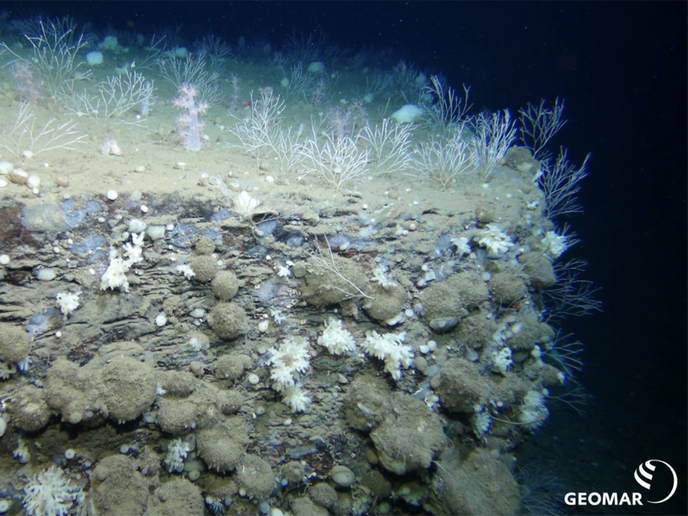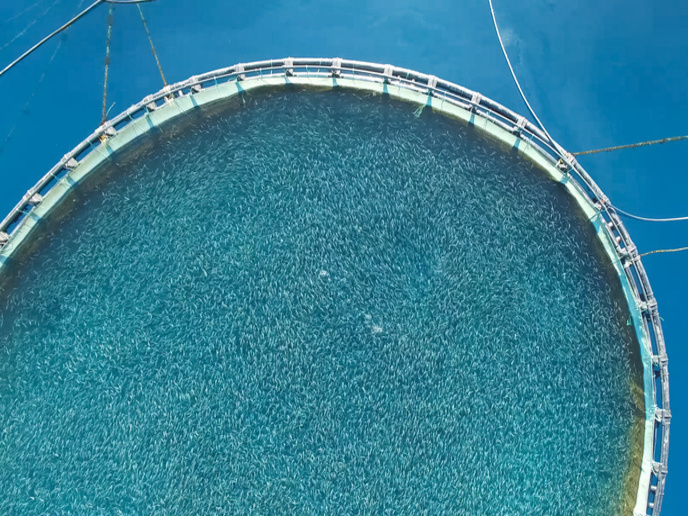Innovative approach to more efficient and eco-friendly pig and poultry production
‘Improving FE, while also feeding the rising global population and minimising environmental impacts, are strategic targets for the livestock industry, policymakers and scientists alike,’ says Dr Niamh O’Connell, project coordinator for the EU-funded project ECO-FCE. To achieve this, a better understanding is needed of the interactions between animal genetics, gut characteristics and feed attributes. ‘We took a multidisciplinary approach to better understand the biological basis of FE in pigs and broiler chickens,’ explains Dr O’Connell. ‘We also examined nutritional and genetic methods to optimise it.’ Using cutting-edge technologies, ECO-FCE identified key factors driving good and poor FE in pigs and broiler chickens reared across different environments. Strong environmental effects were observed, and the work suggested that the physiological mechanisms underpinning FE differed in males and females. Interesting correlations were observed between FE and feeding behaviour, gut microbiota, macronutrient transport, endocrine regulation, osmohomeostasis and mitochondrial function. Food efficiency and reduced ecological footprint The development of in-vitro and in-vivo nutritional tools to improve FE and the ecological footprint was another key focus of ECO-FCE. In vitro ‘ileal digestion’ methods proved useful for the multiple screening of exogenous enzymes and additives when used in combination with different feed ingredients. According to Dr O’Connell, this approach has potential to be used as a screening tool in future research projects. Feeding trials demonstrated that non-soya diets support pig and broiler chicken performance to levels comparable to when soya-based diets were offered, but that the effects of enzymes were variable. Interestingly, the use of certain plant-based additives appeared to reduce ammonia emissions in pigs – an area that warrants further investigation. Specific symbiotics for in-ovo use in broilers were also developed. They showed very promising results in terms of effects on performance-related parameters in later life. Genome wide association studies and genomic selection approaches helped to provide links between genomic variation and FE variation, and related growth, carcass and meat quality traits. Techniques were applied to identify relevant molecular routes for the efficient transfer of nutrients to animal tissue. Such efforts led to the development of biomarkers that indicate the ability of both animals to efficiently convert nutrients. Practical feed innovations with beneficial effects on pigs and chickens Several hands-on tools and models were developed for policymakers, scientists, industry and the general public. A user-friendly, searchable web tool enables stakeholders to access ECO-FCE research findings on factors affecting FE in pigs and chickens. ‘ECO-FCE was a large and complex project, and hopefully this tool makes it easier to quickly access findings of interest,’ says Dr O’Connell. Two calculators for pig and poultry systems were created to compute the output of nitrogen, phosphorus and greenhouse gases from the single input of performance data and dietary information. ‘They represent useful tools for comparing the ecological impact of animal performance when using different diets,’ she adds. Lastly, at a genetic level, ECO FCE identified biomarkers of divergent FE and developed novel modelling methodologies to assist the breeding industries in better selecting for this trait. ‘ECO-FCE introduced solutions to greatly advance knowledge of FCE for pigs and chickens,’ concludes Dr O’Connell. ‘The industry-ready models and tools will assist various actors in understanding, measuring and managing the impact of management decisions on FCE and environmental impacts.’
Keywords
ECO-FCE, pig, broiler chicken, feed conversion efficiency, monogastrics







